
Not all louvres are created equal when it comes to sustainability and carbon. That’s because not all aluminium is the same, and knowing where the aluminium in your louvres comes from can have a big impact on the planet, and the sustainability credentials of your building.
Black aluminium vs green aluminium
The bond between aluminium and oxygen is especially strong, much stronger than that between steel and oxygen. Accordingly, a lot of energy is required to split the bond to form the metal. In fact, 211 GJ per tonne is needed. This makes the smelting process of aluminium electricity-hungry, and it’s the source of that electricity that makes the aluminium you specify either good or bad (relatively speaking). At the bad end of the scale is what’s known as Black Aluminum. This is so-called because the smelting process for this aluminium relies on electricity derived from the burning of fossil fuels. At the good end of the scale is Green Aluminium. Here, the smelting process relies on electricity sourced from hydropower.
The Tiwai Point smelter is widely recognised as producing green aluminium with arguably the lowest carbon footprint in the world. Whereas the other end of the scale are coal-powered smelters in China, with cradle-to-gate emissions up to five times higher than that of green aluminium.
Where aluminium is produced in a smelter such as Tiwai, the emissions are typically around ⅓ of those from smelters powered by coal.
The carbon cost of aluminium transportation
Aside from the carbon cost associated with the actual production of the aluminium itself, there’s the cost to transport it. Black aluminium not only has a large carbon footprint to begin with, but it gets bigger every step it takes to transport it from the smelter to its end destination. If that end destination is New Zealand, the footprint is certainly significant enough to be of concern.
Where Ventüer aluminium comes from
Ventuer has taken steps to make sure their aluminium ends up on your building with the lowest possible carbon footprint. They source only green aluminium from Tiwai, which is recognised internationally as being as clean as it can be. As Tiwai is also local to Ventüer (especially their manufacturing base in Invercargill), it means they've also dramatically reduced the carbon cost of the distribution chain.
It’s important to note this is not the case for all providers of aluminium ventilation louvres in New Zealand. Many are sourced from overseas or use imported black aluminium.
If you’re concerned about the carbon the louvres you specify, then the only way to find out is by asking. Either that or specify Ventüer, as their louvres will have the smallest carbon footprint possible.
If you would like assistance with ventilation louvre selection, please feel free to contact Ventuer directly at [email protected] or (09) 973 3616.











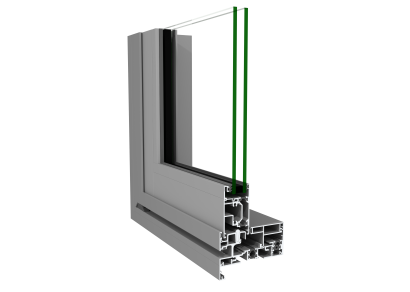
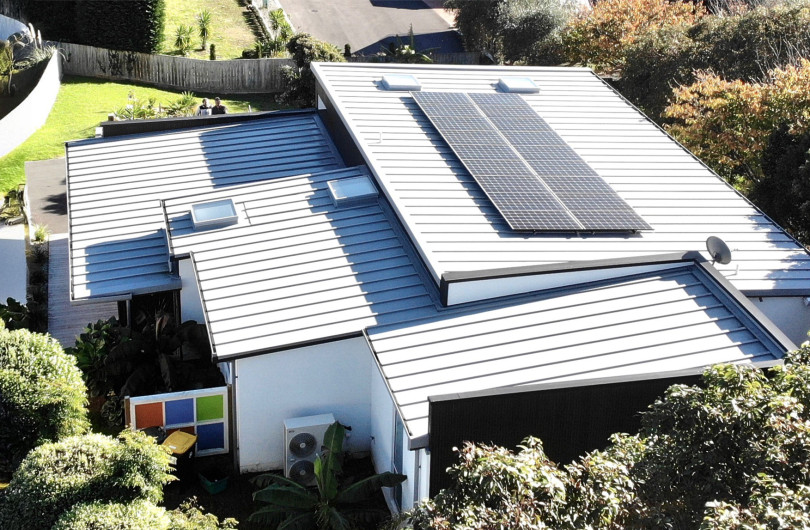
 New Products
New Products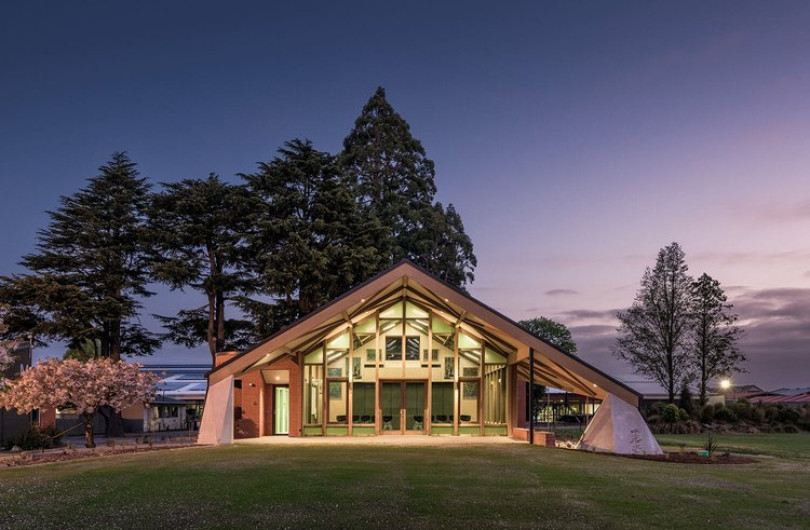
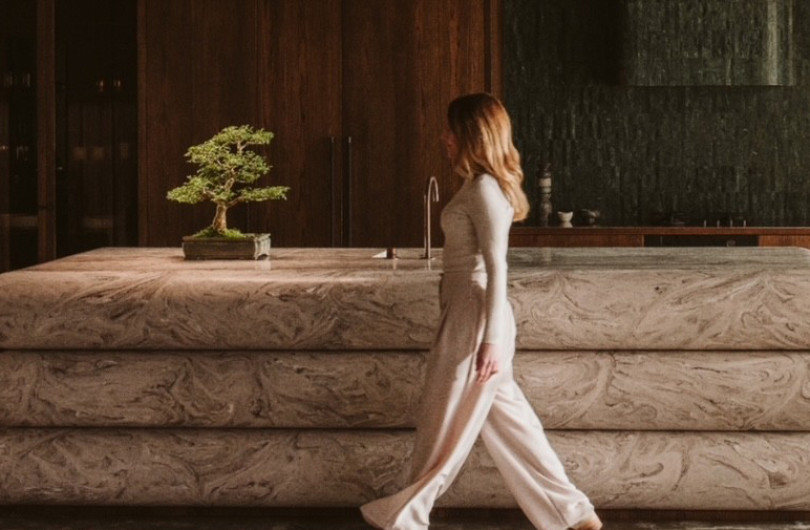








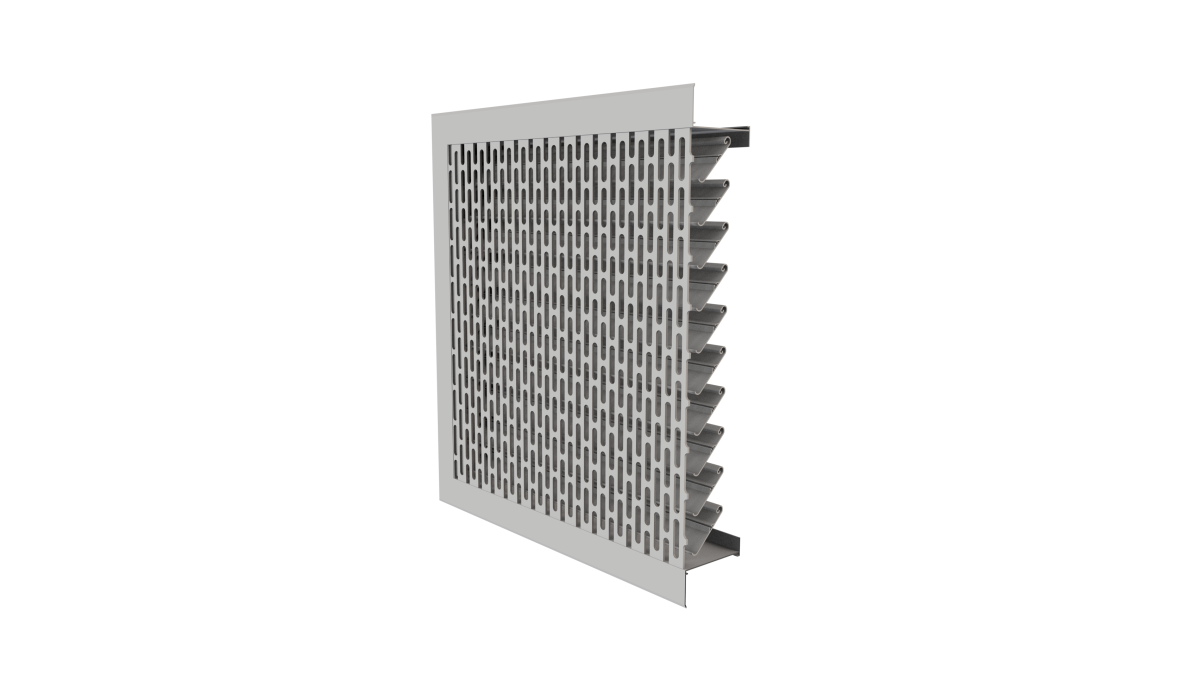


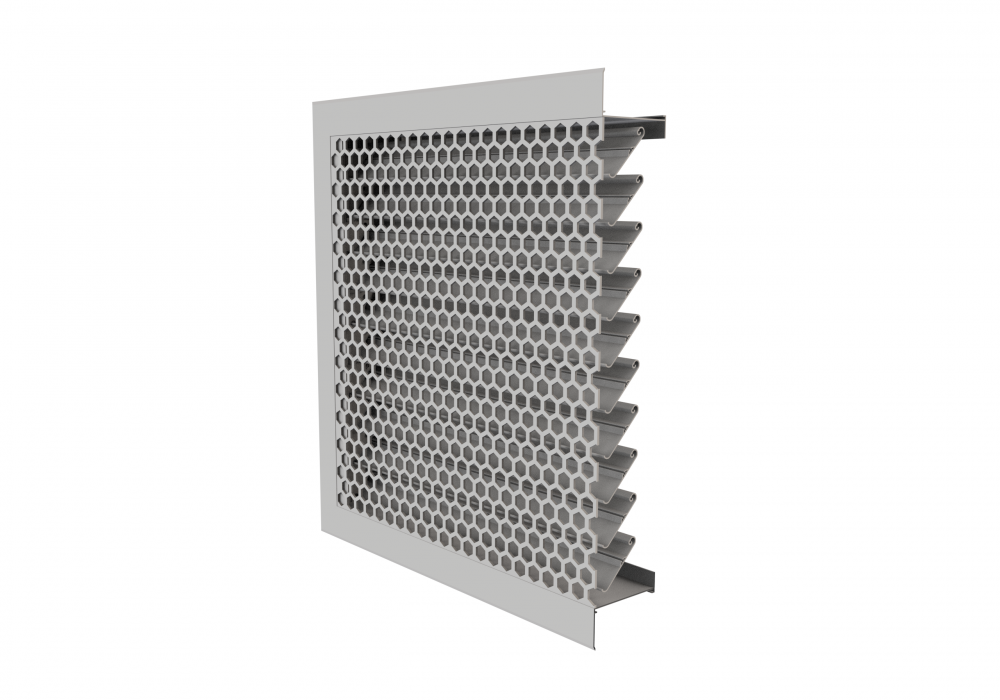


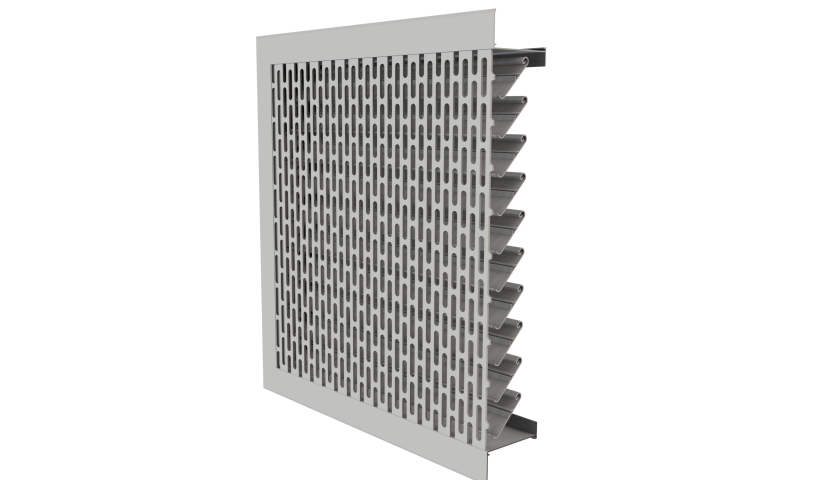
 Popular Products from Ventüer
Popular Products from Ventüer


 Most Popular
Most Popular


 Popular Blog Posts
Popular Blog Posts
